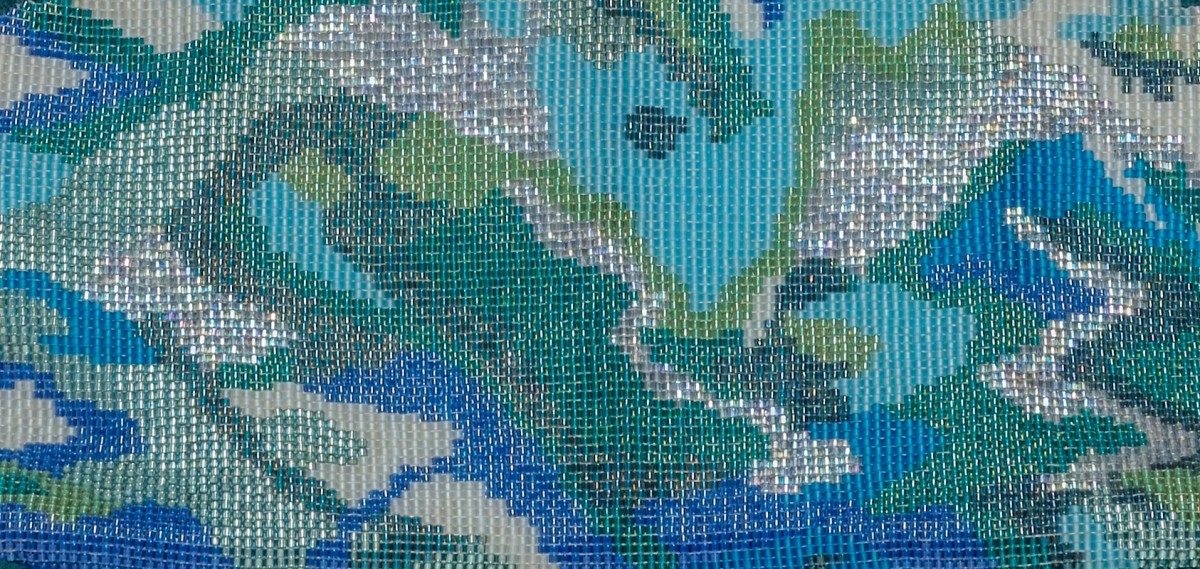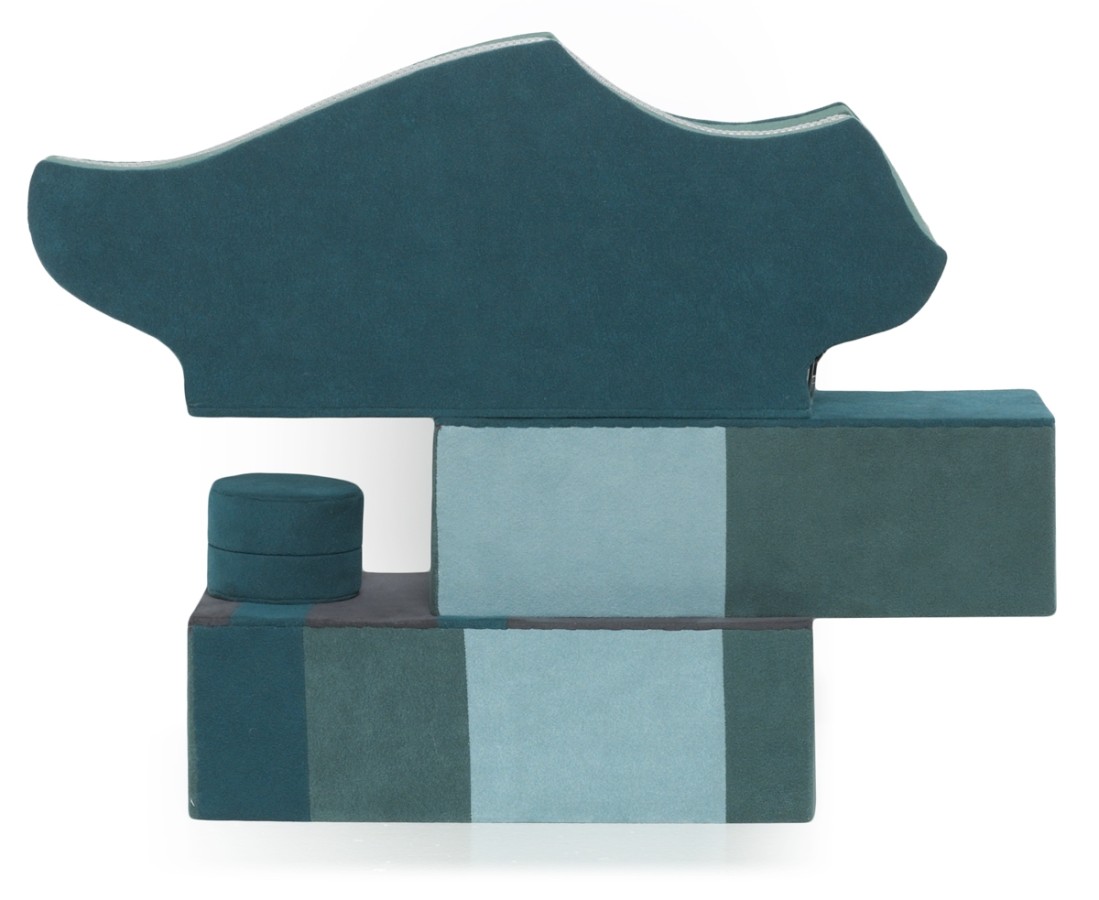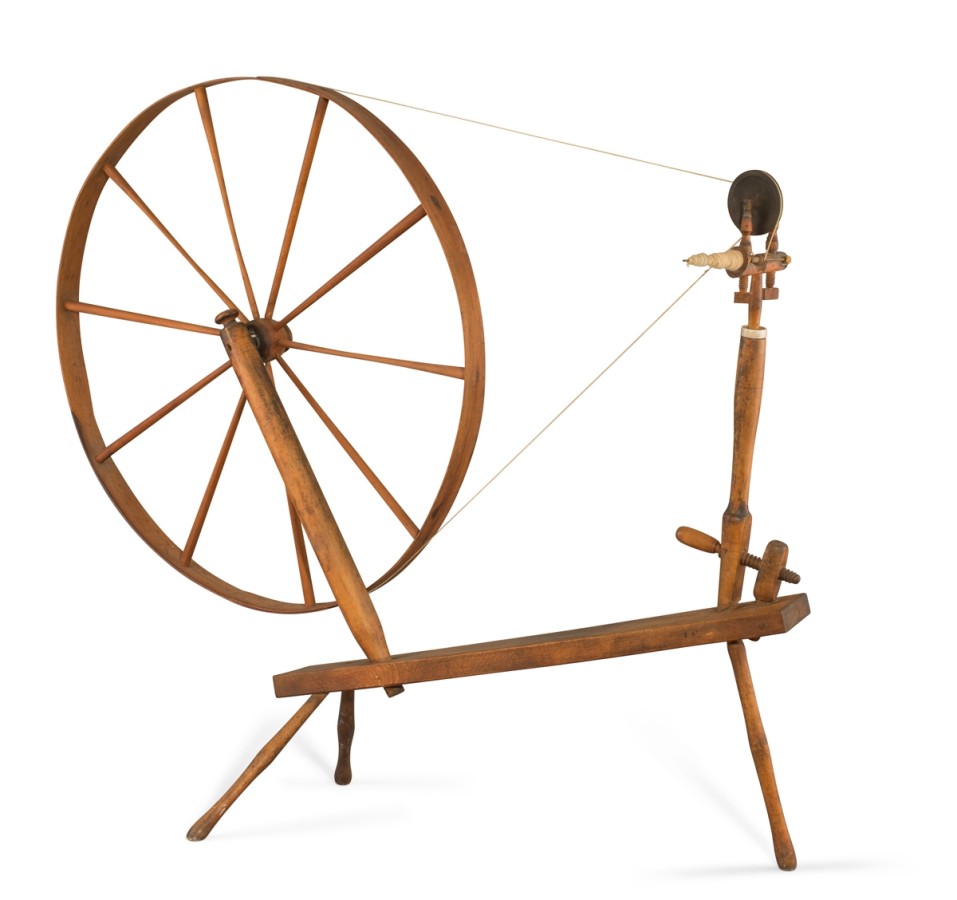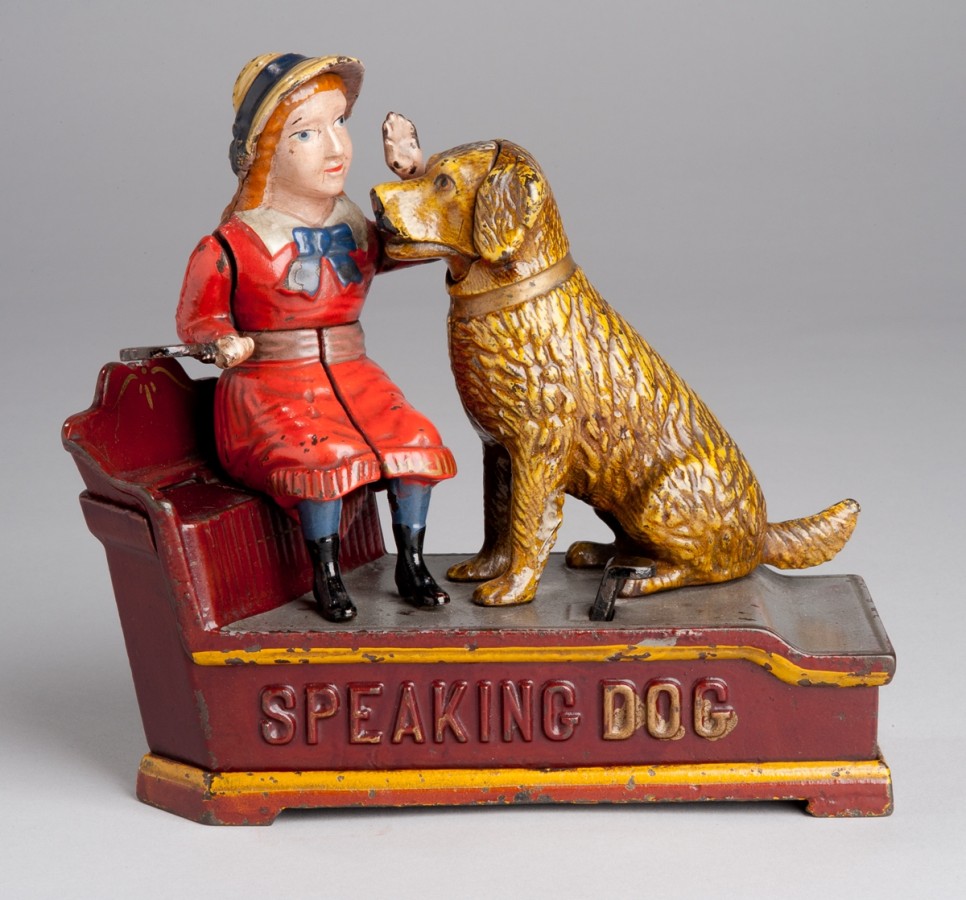A favorite of Museum Director, Rob Sidner, this whisk was made from a single piece of bamboo that was split with a knife into inner and outer tines.
Some objects reveal their intended functions immediately; other functions are more difficult to decipher.






